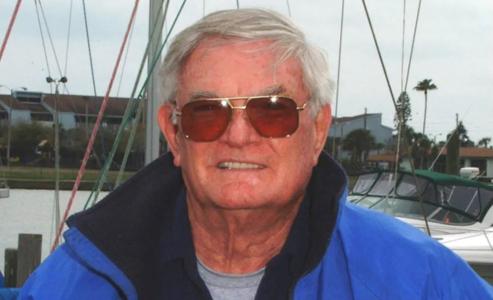 Charles Eugene Morgan Jr., 93, known to all as Charley, passed away last weekend, just a few hours after his wife Maurine died.
Charles Eugene Morgan Jr., 93, known to all as Charley, passed away last weekend, just a few hours after his wife Maurine died.
It has been said that Charley Morgan is the only person to ever single-handedly design, build, and skipper his own 12 Meter in the America’s Cup. Prior to and since Charley’s 1970 Cup attempt, all campaigns were organized by large syndicates. He even sailed the boat on its own bottom from St. Petersburg, Florida to Newport, Rhode Island to compete in the 1970 America’s Cup Defender Trials.

 Fifty years ago this November, the residents of Florence, Oregon
Fifty years ago this November, the residents of Florence, Oregon  The Maryland Board of Pilots has decided to enact
The Maryland Board of Pilots has decided to enact 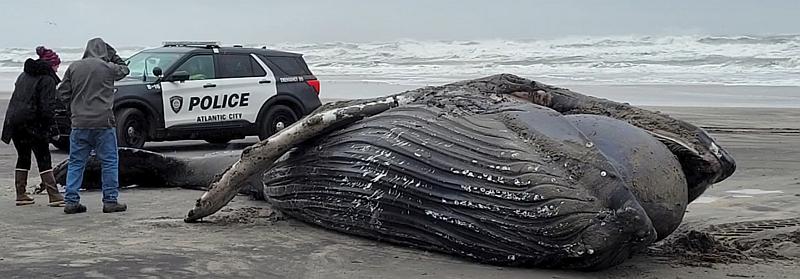 On Sunday, a crowd gathered to watch the examination and burial of the carcass of a beached humpback whale in the sand in the beach at Atlantic City, NJ. It was the second whale to come ashore in the city in the last month.
On Sunday, a crowd gathered to watch the examination and burial of the carcass of a beached humpback whale in the sand in the beach at Atlantic City, NJ. It was the second whale to come ashore in the city in the last month. The
The 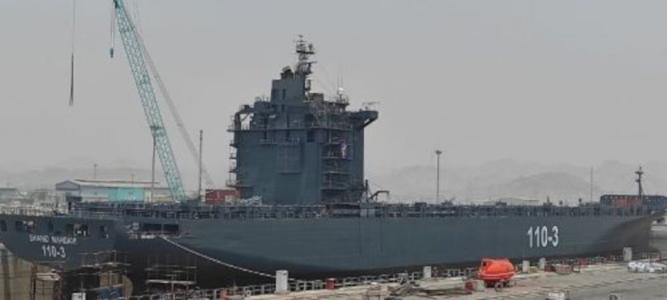 In 1982 during the Falklands conflict, the
In 1982 during the Falklands conflict, the 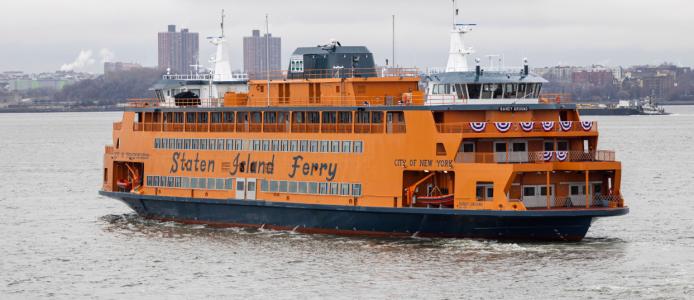 On December 22, the new Ollis Class Staten Island ferry
On December 22, the new Ollis Class Staten Island ferry 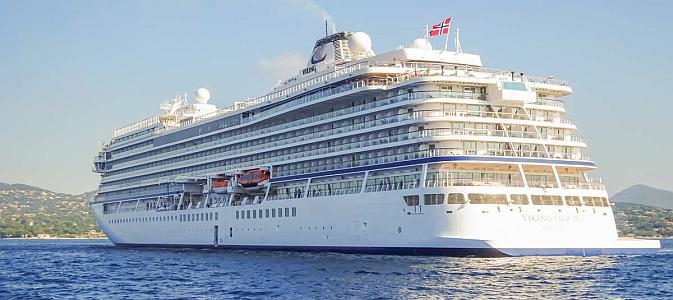 Eight hundred passengers, reported to be mostly Americans, found themselves stranded on the cruise ship
Eight hundred passengers, reported to be mostly Americans, found themselves stranded on the cruise ship 
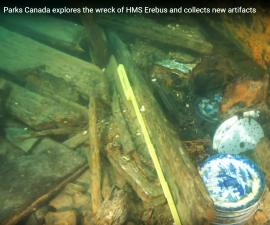 A team of
A team of  A disturbing report from
A disturbing report from  Was there something missing from your stocking this holiday season? Perhaps the used, but still in good shape, Royal Navy patrol boat of your dreams? Then you could be in luck.
Was there something missing from your stocking this holiday season? Perhaps the used, but still in good shape, Royal Navy patrol boat of your dreams? Then you could be in luck. 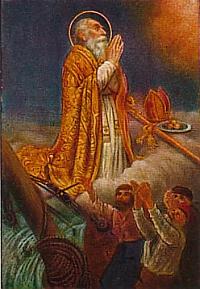 An updated holiday season repost.
An updated holiday season repost. Happy
Happy 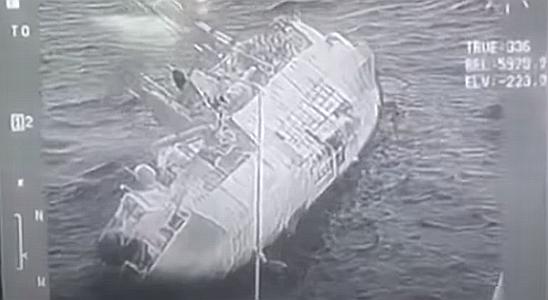 The Thai navy says 31 sailors are missing after the corvette,
The Thai navy says 31 sailors are missing after the corvette, 